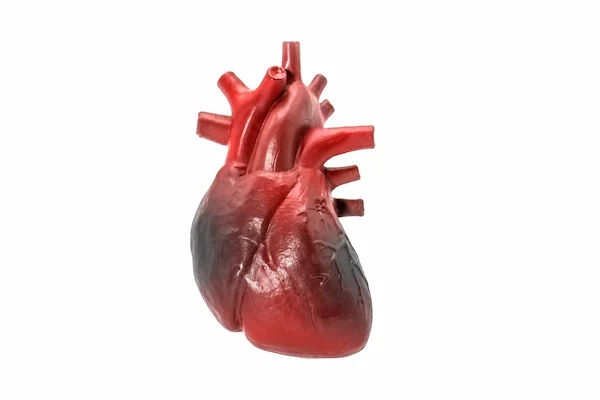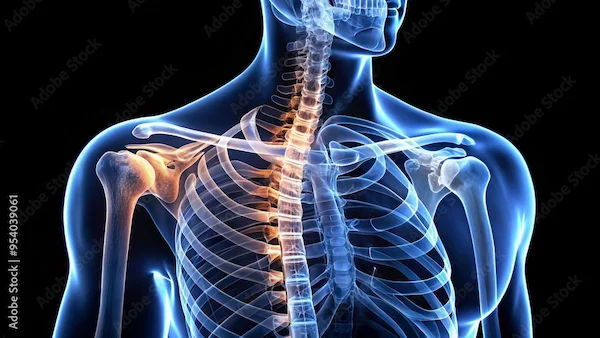Preventing Heart Attacks While Exercising
Know if exercise can cause a heart attack. Learn about the risks, how to exercise safely and the best exercises with no risk of heart attack.


Introduction
Staying active is one of the most effective ways to maintain a healthy heart. However, in rare cases, intense physical activity can trigger a heart attack, especially in people with underlying heart conditions. The good news is that with the right precautions, you can exercise safely and minimise risks.
This article will help you understand how to prevent heart attacks while exercising, recognise warning signs, and adopt heart-friendly habits.
Understanding the Risk: Can Exercise Cause a Heart Attack?
Exercise is generally beneficial for heart health, but sudden, intense workouts—especially in those with undiagnosed heart disease—can sometimes lead to a heart attack. This happens when:
A blocked artery restricts blood flow to the heart.
The heart is overworked during extreme exertion.
There’s an underlying condition, like high blood pressure or cholesterol.
However, this risk is low for most people, and regular, moderate exercise reduces the chances of heart disease. The key is to exercise safely and smartly.
Who Is at Higher Risk?
Some people should be extra cautious before starting a new exercise routine, including those with:
A history of heart disease
High blood pressure or cholesterol
Diabetes
Obesity
A family history of heart attacks
A sedentary lifestyle (suddenly jumping into intense workouts)
If you fall into any of these categories, consult a doctor before beginning a new fitness plan.
Warning Signs to Watch For During Exercise
Listen to your body. If you experience any of these symptoms, stop exercising immediately and seek medical help:
Chest pain or discomfort (pressure, tightness, burning)
Shortness of breath (more than usual for the activity level)
Dizziness or fainting
Irregular heartbeat (palpitations)
Excessive sweating (without reason)
Pain in the arm, neck, jaw, or back
Ignoring these signs can be dangerous. If symptoms persist, call emergency services.
How to Exercise Safely and Prevent Heart Attacks?
1. Get a Health Check-Up First
Before starting a new exercise routine, especially if you’re over 40 or have risk factors, get a:
Heart health screening (ECG, stress test if needed)
Blood pressure and cholesterol check
Consultation with a cardiologist (if advised)
2. Start Slow and Gradually Increase Intensity
If you’re new to exercise, begin with low-impact activities like walking, swimming, or cycling.
Follow the "10% rule"—increase workout intensity or duration by no more than 10% per week.
Avoid sudden, extreme workouts (like heavy weightlifting or sprinting) without proper conditioning.
Consult Top Specialists for Personalised Tips
3. Warm Up and Cool Down Properly
Spend 5-10 minutes warming up (light jogging, stretching) to prepare your heart.
After exercising, cool down with gentle stretches to help your heart rate return to a normal level.
4. Stay Hydrated
Dehydration can strain the heart. Drink water before, during, and after exercise.
5. Avoid Exercising in Extreme Conditions
Very hot or cold weather can stress the heart.
High altitude or pollution may also increase the risk.
6. Listen to Your Body
If you feel unusually tired, dizzy, or short of breath, stop and rest.
Don’t push through pain—your body’s signals are important.
7. Follow a Heart-Healthy Lifestyle
Eat a balanced diet (fruits, vegetables, whole grains, lean proteins).
Limit salt, sugar, and unhealthy fats.
Quit smoking (smoking increases heart attack risk significantly).
Manage stress (yoga, meditation, and deep breathing help).
Best Exercises for a Healthy Heart
Not all exercises are equal when it comes to heart health. The best options include:
Brisk walking (30 minutes daily)
Swimming (low-impact, full-body workout)
Cycling (strengthens heart and lungs)
Yoga (improves circulation and reduces stress)
Strength training (with moderation) (2-3 times a week)
Avoid extreme endurance sports (like marathon running) unless you’re properly trained.
When to See a Doctor?
If you experience:
Unexplained chest pain
Frequent dizziness or fatigue
Irregular heartbeat
Shortness of breath at rest
Final Thoughts
Exercise is a powerful tool for preventing heart disease, but it must be done wisely. By knowing your risks, listening to your body, and following safe exercise habits, you can keep your heart strong and healthy for years to come.
Consult Top Cardiologists
Consult Top Specialists for Personalised Tips

Dr. Sumanta Chatterjee
Cardiologist
12 Years • MBBS,MD General Medicine,DM Cardiology
Kolkata
HealthYou Speciality Clinic & Diagnostics., Kolkata
(25+ Patients)

Dr. Mangesh Danej
Cardiologist
8 Years • MBBS, MD (General Medicine), DNB (Cardiology)
Pune
Dr Danej clinic, Pune
(375+ Patients)
Dr. Dixit Garg
Cardiologist
10 Years • MBBS , DNB (General medicine) , DNB (cardiology)
Gurugram
Smiles & Hearts, Gurugram

Dr. Pinaki Nath
Cardiologist
8 Years • MBBS, MD General Medicine, DM Cardiology
Barasat
Diab-Eat-Ease, Barasat

Dr Yogendra Singh Rajput
Cardiologist
16 Years • MBBS, MD (General Madicine), DM (Cardiology)
Gurugram
Svasthya Child & Cardiac Care, Gurugram
Consult Top Cardiologists

Dr. Sumanta Chatterjee
Cardiologist
12 Years • MBBS,MD General Medicine,DM Cardiology
Kolkata
HealthYou Speciality Clinic & Diagnostics., Kolkata
(25+ Patients)

Dr. Mangesh Danej
Cardiologist
8 Years • MBBS, MD (General Medicine), DNB (Cardiology)
Pune
Dr Danej clinic, Pune
(375+ Patients)
Dr. Dixit Garg
Cardiologist
10 Years • MBBS , DNB (General medicine) , DNB (cardiology)
Gurugram
Smiles & Hearts, Gurugram

Dr. Pinaki Nath
Cardiologist
8 Years • MBBS, MD General Medicine, DM Cardiology
Barasat
Diab-Eat-Ease, Barasat

Dr Yogendra Singh Rajput
Cardiologist
16 Years • MBBS, MD (General Madicine), DM (Cardiology)
Gurugram
Svasthya Child & Cardiac Care, Gurugram
.webp)



